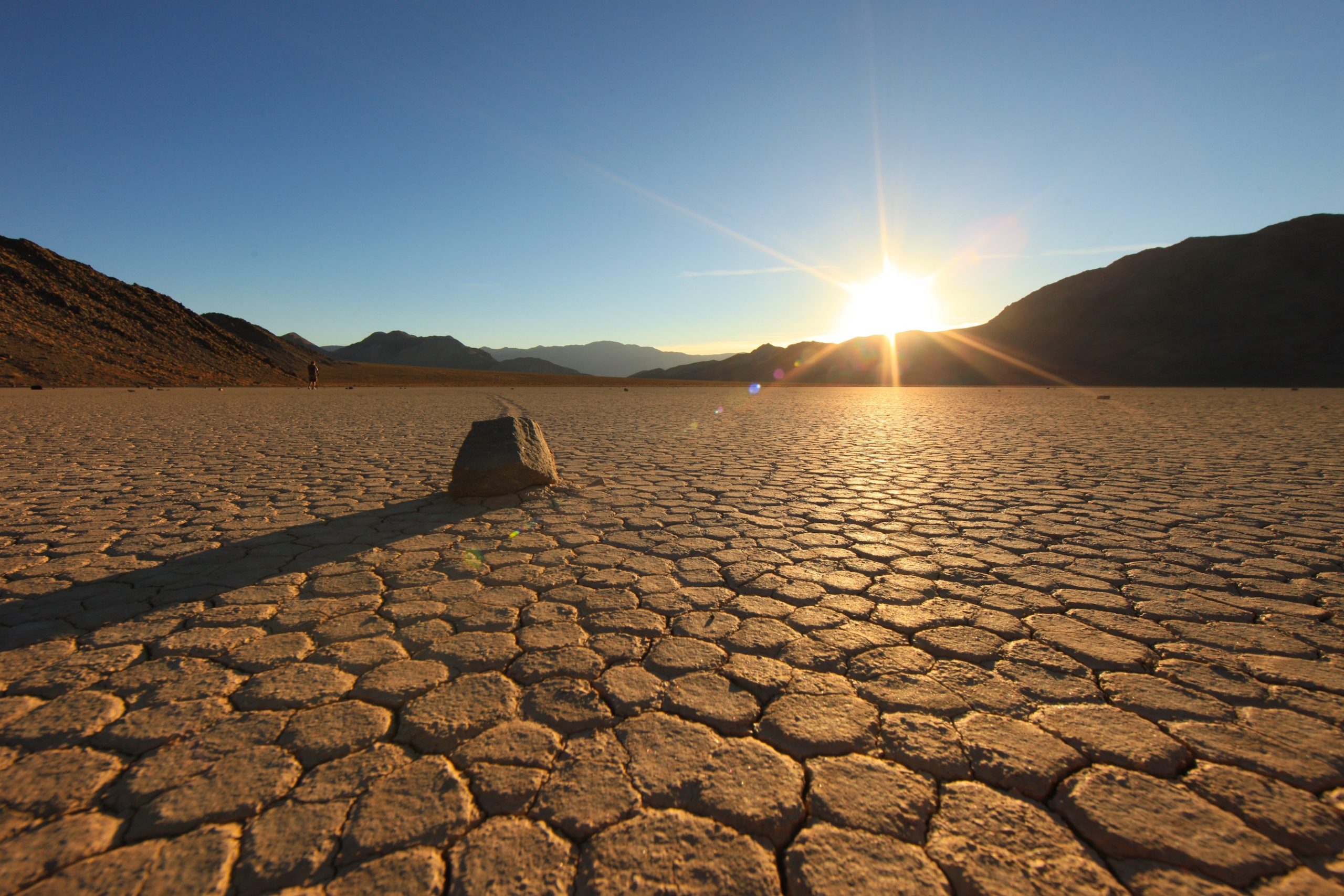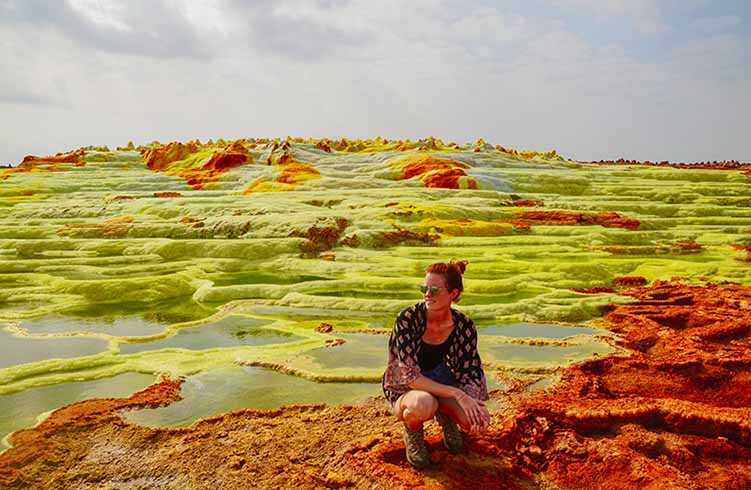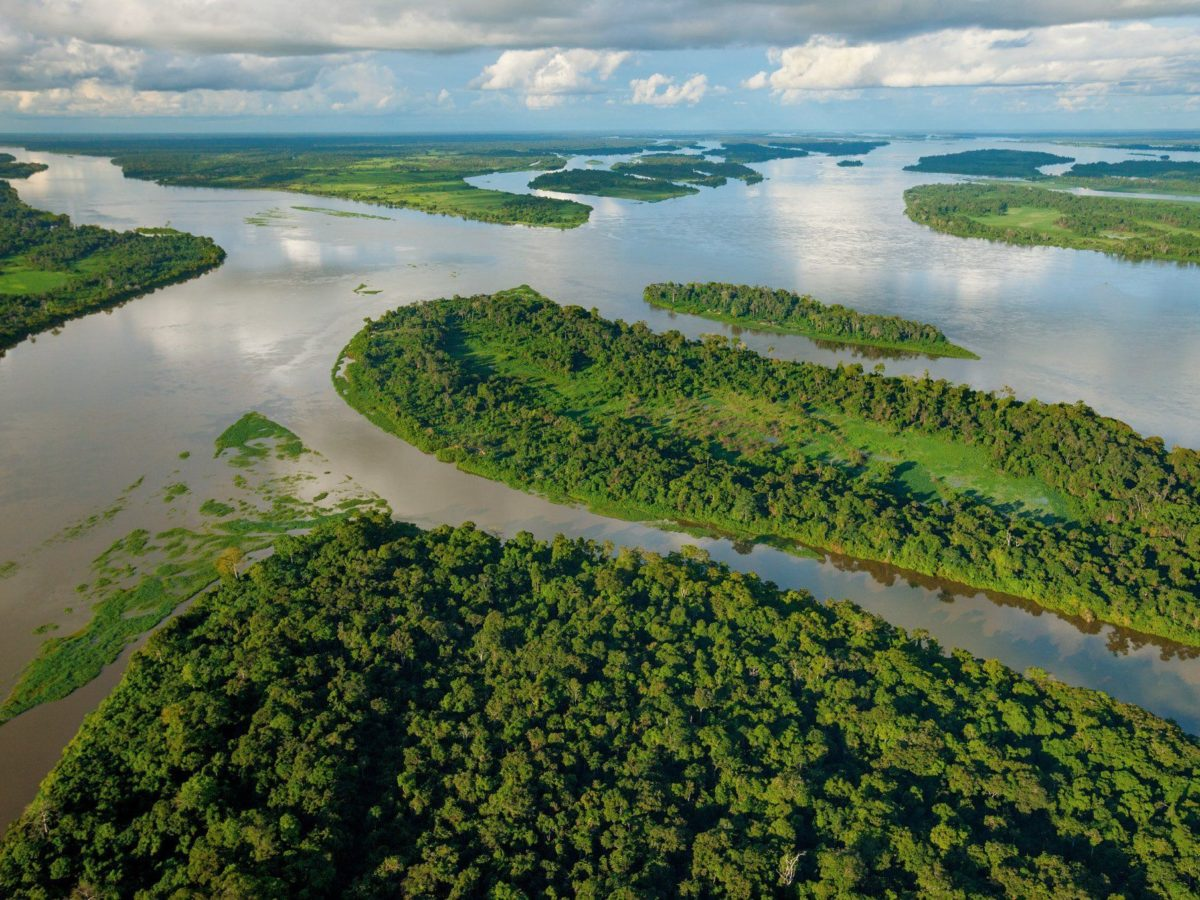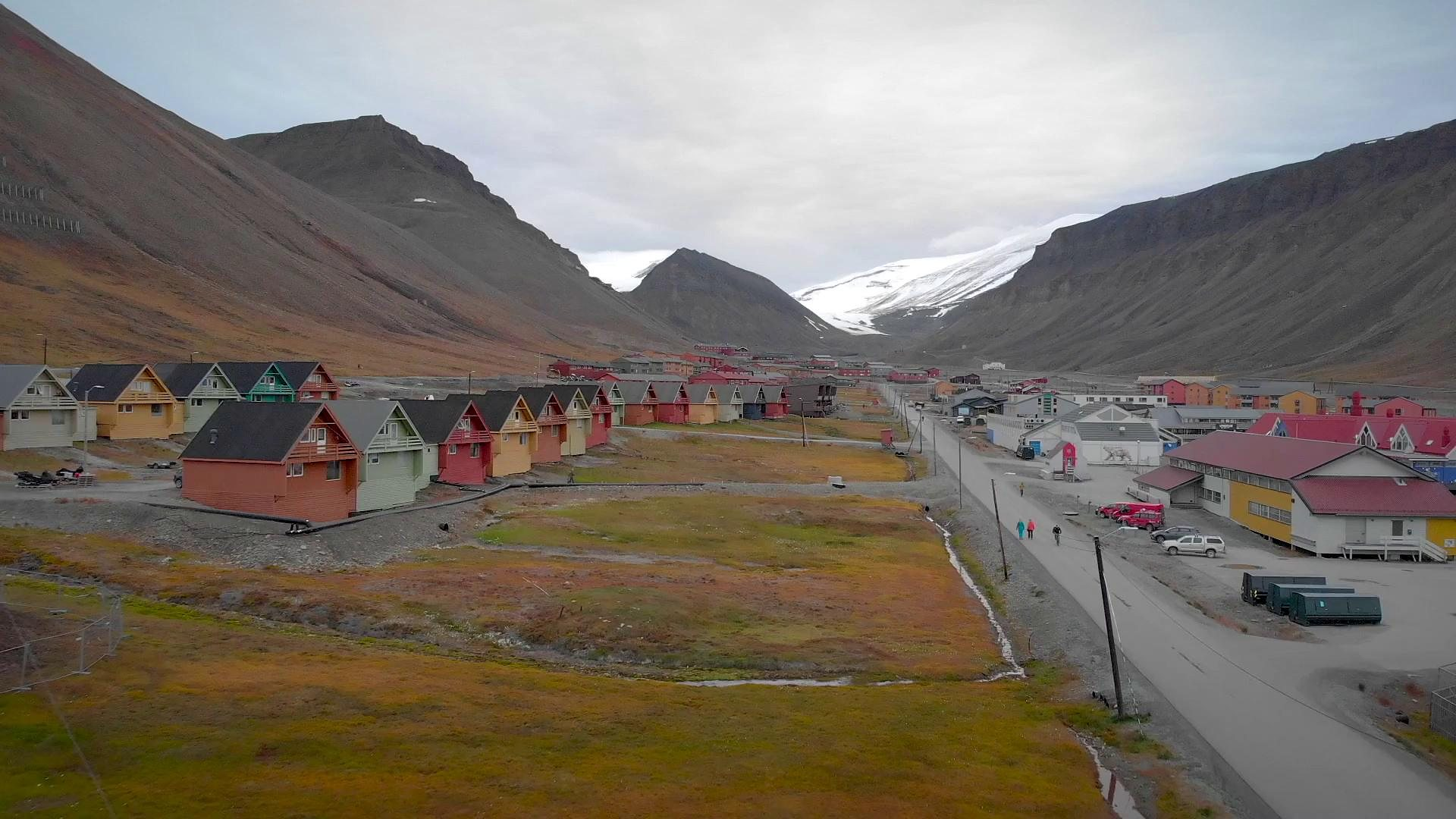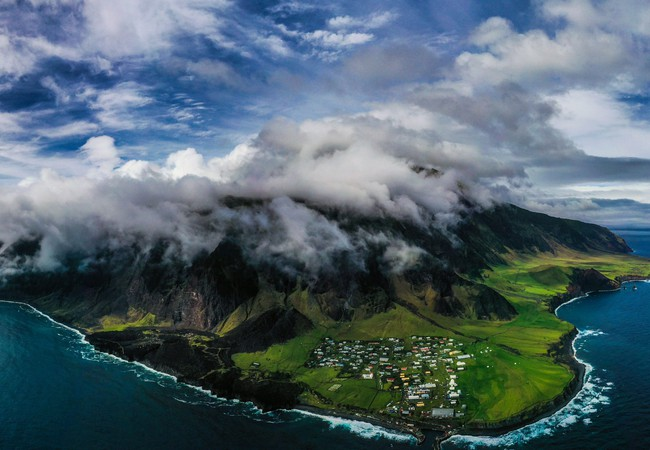solsticeuniversity.com – When discussing the hottest place on Earth, most people think of scorching deserts and relentless sun. Various regions around the globe contend for this title, each pushing the limits of human endurance. Among them, Death Valley in the United States and the Lut Desert in Iran have gained global attention for recording some of the highest temperatures ever measured. This article explores these fiery landscapes and the science behind their extreme climates.
Death Valley, California, USA
Record-Breaking Temperatures
Death Valley, located in the Mojave Desert of California, holds the record for the highest air temperature ever reliably recorded on Earth: 134°F (56.7°C) at Furnace Creek on July 10, 1913. Although this record has been debated, the valley continues to experience temperatures that regularly surpass 120°F (49°C) during summer months.
Why So Hot?
Several factors contribute to Death Valley’s extreme heat:
- Low Elevation: Furnace Creek lies 282 feet below sea level, which traps heat.
- Mountain Ranges: Surrounding mountains prevent cooler air from entering the valley.
- Arid Climate: Minimal moisture in the air and ground allows for rapid heating.
Surviving the Heat
Despite the intense temperatures, Death Valley is home to a surprising variety of life, including desert plants, reptiles, and hardy mammals. Visitors are advised to take precautions, such as staying hydrated and avoiding outdoor activities during peak heat hours.
Lut Desert (Dasht-e Lut), Iran
The World’s Hottest Surface Temperatures
While Death Valley holds the record for the highest air temperature, the Lut Desert in Iran has consistently recorded the hottest surface temperatures. In 2005, satellite measurements taken by NASA’s Aqua satellite detected a staggering surface temperature of 159.3°F (70.7°C).
Geographical and Climate Factors
The Lut Desert’s extreme heat is due to:
- Dark Rock Formations: These absorb and radiate heat more efficiently than lighter surfaces.
- Lack of Vegetation: The barren landscape offers no shade or moisture.
- Intense Solar Radiation: Clear skies and intense sunlight contribute to heating.
An Unforgiving Environment
Unlike Death Valley, the Lut Desert is largely uninhabitable. Its hostile environment presents immense challenges for both wildlife and human exploration.
Honorable Mentions
Other regions known for their extreme heat include:
- Kebili, Tunisia: Frequently records temperatures above 131°F (55°C).
- Rub’ al Khali (Empty Quarter), Arabian Peninsula: One of the largest and hottest sand deserts.
- Sahara Desert, North Africa: Known for intense heat and vast sand dunes.
The Science Behind Extreme Heat
Understanding why certain places become so hot involves examining several factors:
- Latitude: Proximity to the equator generally means higher temperatures.
- Altitude: Lower elevations trap heat more effectively.
- Surface Composition: Dark, rocky, or sandy surfaces absorb and retain heat.
- Atmospheric Conditions: Dry air heats up more quickly than humid air.
Coping with Extreme Heat
As global temperatures rise due to climate change, understanding how to adapt to extreme heat becomes increasingly important. Strategies include:
- Urban Planning: Implementing heat-reflective materials and green spaces.
- Personal Precautions: Staying hydrated, wearing protective clothing, and limiting sun exposure.
- Technological Innovations: Developing cooling technologies for arid regions.
Conclusion
From the scorching sands of the Lut Desert to the searing heat of Death Valley, these extreme environments push the boundaries of human and environmental endurance. They serve as a stark reminder of nature’s raw power and the need for ongoing research to better understand and adapt to our planet’s changing climate.
